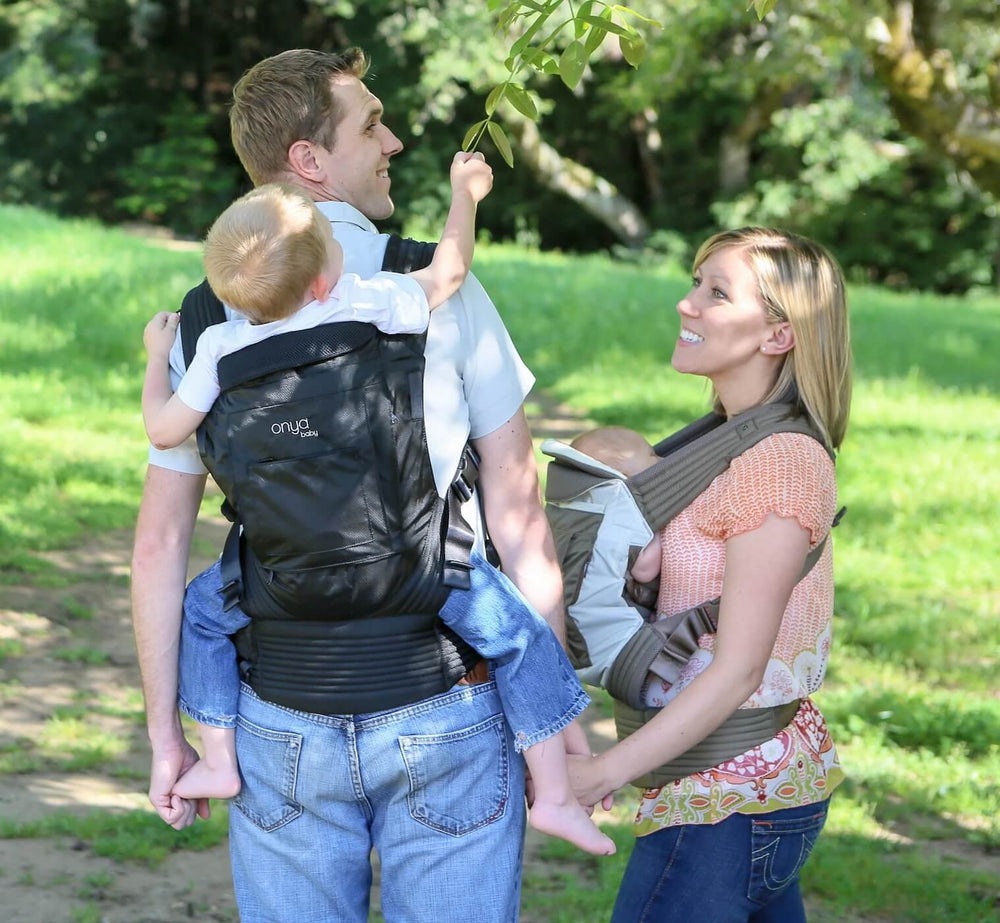Seven Steps to a Healthy Nursery
A guest post by Stefanie Gomez:
Setting up a baby’s first nursery is an exciting activity for many new parents. Some parents decide to co-sleep or share a family bed with their baby for the first months or years of their baby’s life, while others opt to set their baby’s nursery up right away. Regardless of when parents decide to give their baby their own room, nearly all parents want to make their baby’s room a safe haven. There are some common conventional hazards that you can avoid when it comes to home furnishings and décor. What are some top concerns and recommendations for new families?
Here are seven tips to help you set up your baby’s room to be a happy and healthy nursery for your baby’s comfort and your piece of mind:

1. Choose a paint for the nursery that’s free of Volatile Organic Compounds (VOCs). Traditional interior paints release harmful vapors into the air long after the paint has dried and the smell has dissipated. Ventilation may help the paint dry faster, but any section of the wall that is exposed to sunlight will continue to produce harmful off-gassing. Choose a VOC-free paint and let it dry completely before decorating the room. The good news? VOC-free paint is becoming more widely available and, in turn, more affordable. Good news indeed!
2. When selecting furniture for your nursery, make sure the manufacturer has chosen to use VOC-free paint as well as VOC-free adhesives. Toxic adhesives and other chemicals, such as formaldehyde, are often used in the production of furniture, particularly when it’s constructed of plywood, particleboard or Medium-Density Fiberboard (MDF). If possible, invest in furniture constructed of sustainable wood and painted in VOC-free paint so that it won’t negatively impact the air quality of your home. Check with the manufacturer to find out what adhesives were used in the production of their furniture. If possible, buy furniture early and allow it to off-gas in a well-ventilated place prior to placing it in your baby’s nursery.

3. Think disposable diapers are chemical-free? Think again. Most conventional disposable diapers are composed of bleached polyethylene fabrics and high-absorbency polymers bonded by a variety of adhesives. Not only do these diapers tax the environment by using non-renewable resources to produce and many years to biodegrade, but they also contribute harmful vapors and polymers. We understand the convenience of disposable diapers, just choose an eco-friendly disposable diaper when you need or want to use ‘sposies, and cloth diapers when you can. Your child and the environment will thank you for it.
4. Plastic bins to hold items and supplies may be affordable and convenient, but they can contribute to a poor indoor air quality. Over time, plastics begin to decompose and even flake off small particulates that can be trapped in dust and inhaled. When possible, opt for wicker or bamboo natural baskets, both of which are constructed of sustainable materials and can be recycled when you are finished with them.

5. From teethers to building blocks and teddy bears, you need to know everything about the toys that you bring into the home. Look for a product safety report on the brand and the article prior to buying. Having a baby shower? Ask everyone to make environmentally aware choices that will support your healthy home when purchasing gifts for your child.
6. Choose an organic crib mattress for your child. The difference between conventional mattresses and organic ones in terms of price may be a matter of a few hundred dollars, but if your bedding is convertible (the type that will grow with the child) it is wise to invest in an organic mattress that is not bleached. Choose a natural latex or thick 100% cotton topper to prevent stains and leaking.
7. Be sure to use non-toxic cleaners in your baby’s nursery and when cleaning your baby’s toys. Many conventional household cleaners contain harmful chemicals that your baby will breathe in and ingest if used in and around the nursery and home. Read labels carefully and refer to an excellent resource, such as The Environmental Working Group’s Guide to Healthy Cleaning. Another great (and easy!) option? Make the cleaners yourself using non-toxic and inexpensive ingredients such as white vinegar, baking soda, lemon and borax.
Healthy living can some in baby steps or giant leaps. It might be an way of life already or ways in which you’re working to improve. We all count, and our collective choices are what can positively impact our world, our children’s world. We have the poser to to make any number of small changes in the products we purchase. Cumulatively, the choices we make add up and can prevent conditions or health complications, over-use of our precious resources and, ultimately, a better ecological future for our children, for our children’s children. Your choices, large and small, make a difference. Arm yourself with information and shop wisely. We can all do what we can. We can all our best. For our children. For their children. For us all.
What do you think? Are there any tips that you think we should add?
Please comment below to let us know!
Happy babywearing!
 About the author:
About the author:
Stefanie Gomez is associated with Essentia, manufacturers of the world’s only natural memory-foam mattresses. She is a self-proclaimed internet enthusiast and shopaholic. She is eco-lover who love to research and write about healthy and sustainable living options. Stefanie contributes to the Essentia blog.








